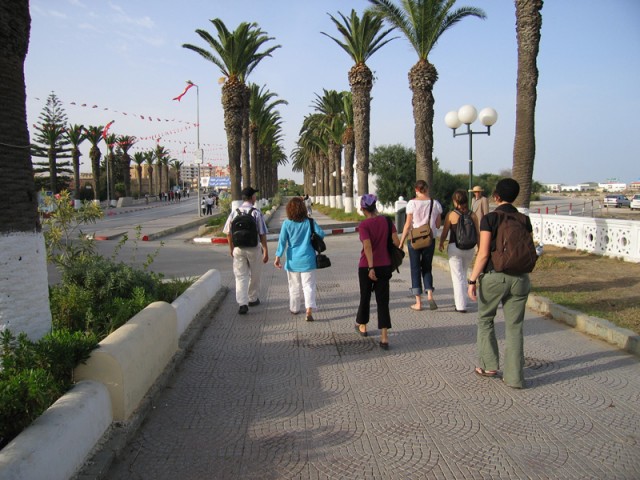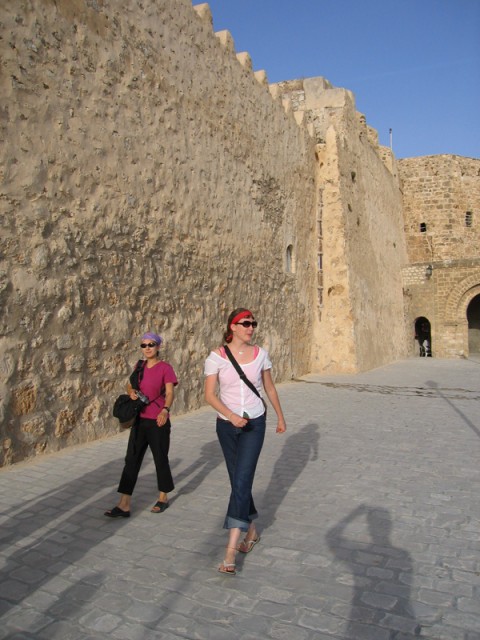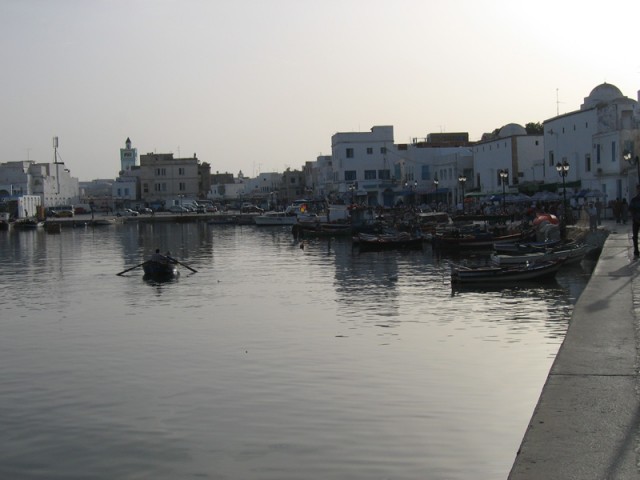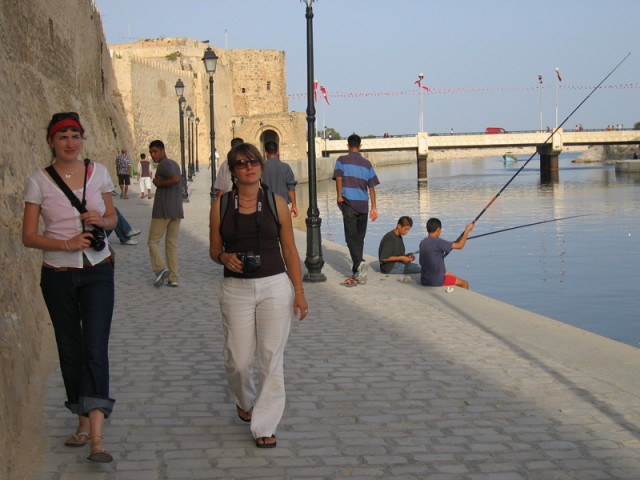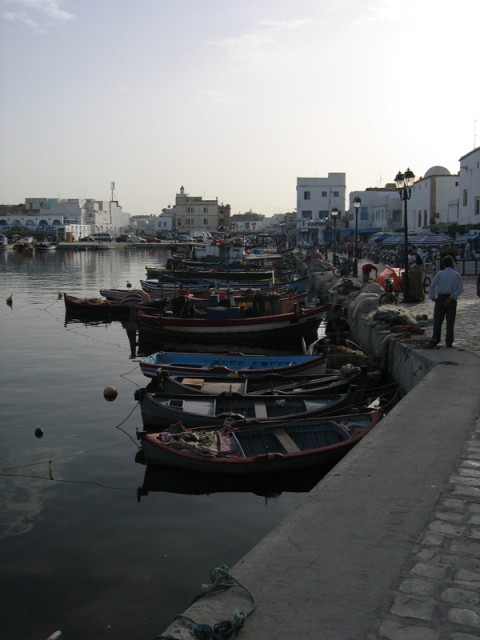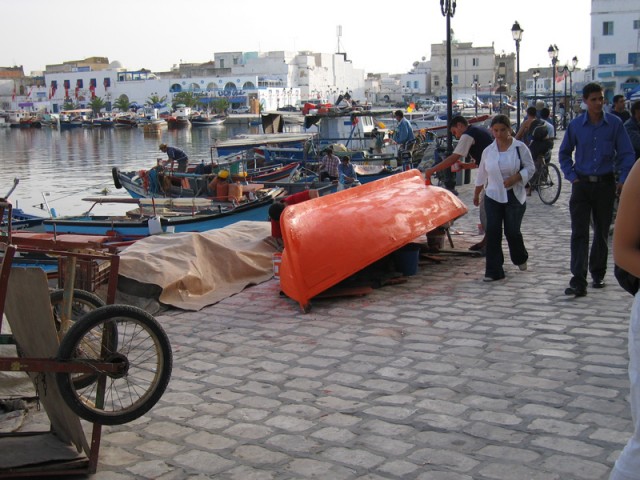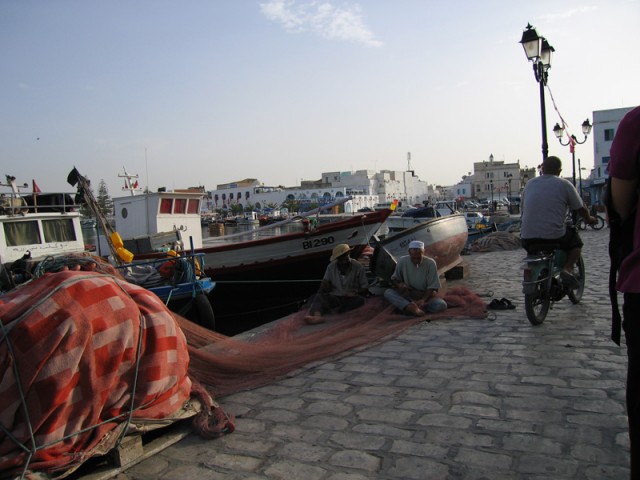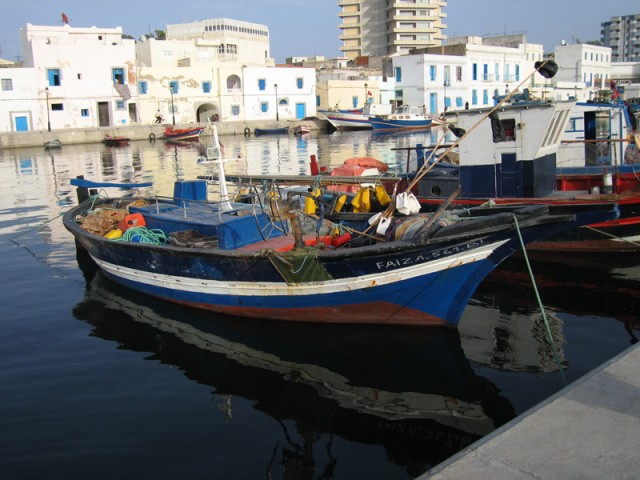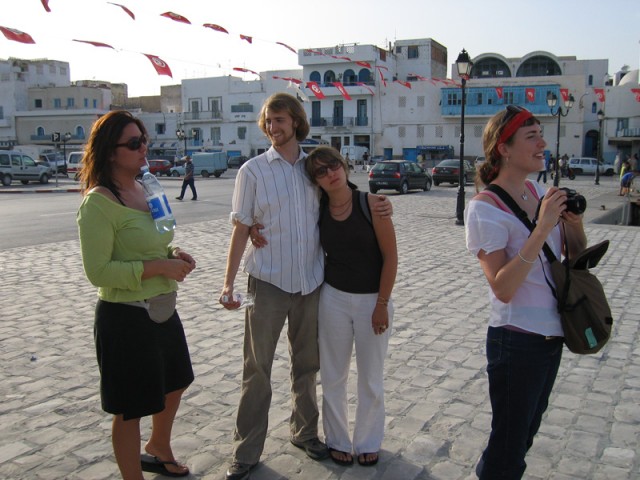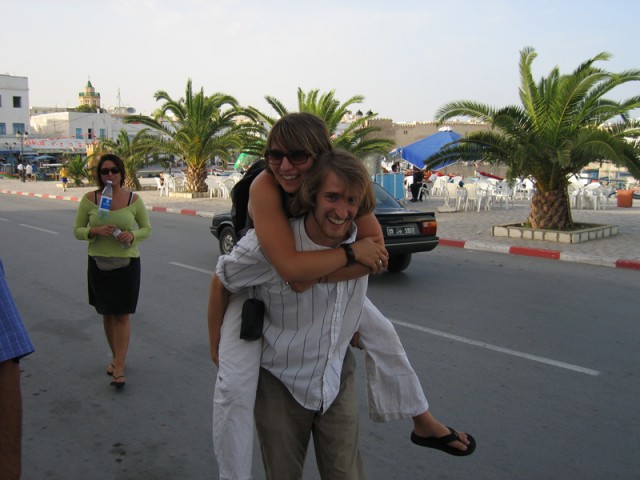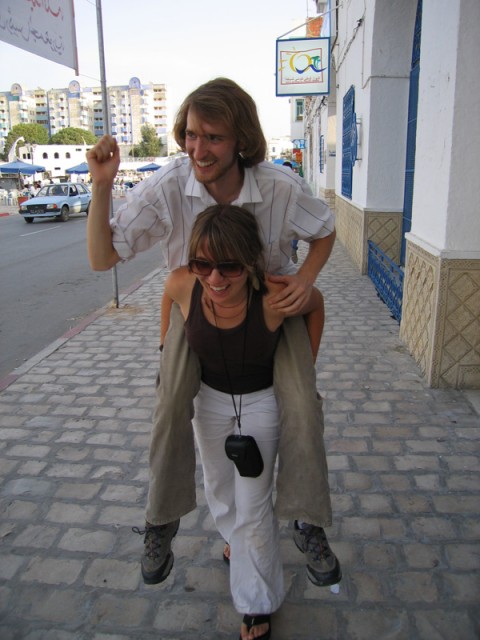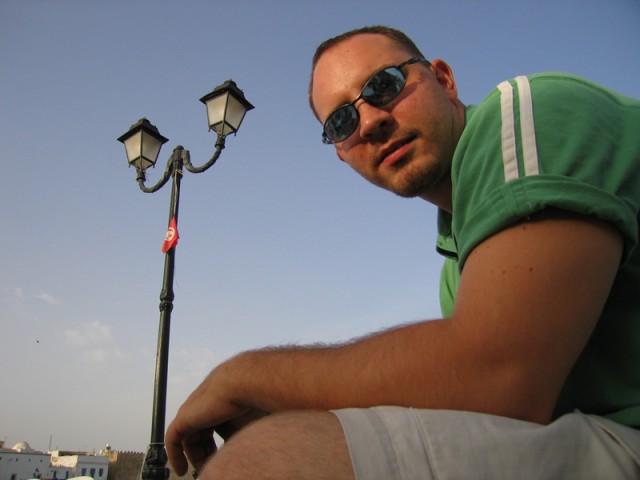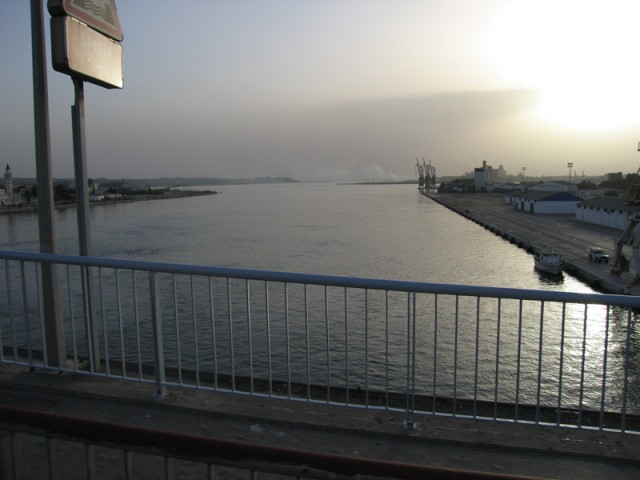Lac Ichkeul has long been a sanctuary for birds and beasts. Back in the 13th century, it was a hunting preserve for the rulers of Tunisia. Wild boar and jackal still make their home on Jebel Ichkeul. This, of course, leaves out the main attraction of Lac Ichkeul – namely, the waterfowl. Being the largest semi-fresh water lake in North Africa, it is grand central station on the bird migration railroad from Europe to Africa. Upwards of 150 000 birds make Lac Ichkeul their main port of call between October and February. Many head further south. Many winter over. Some birds live at the lake year round such as the purple gallinule, the marbled teal, and many different raptors which prey on the less carnivorous birds. Interestingly enough, Cap Bon is the primary migration route for raptors between Europe and Africa. Still, some make their home at Lac Ichkeul.
Another interesting animal that inhabits the lake is the water buffalo. It was originally introduced by the Bey of Tunis in 1729, having been gifted a pair of buffalo by the king of Sicily. Unfortunately for the water buffalo, the American forces stationed nearby during WWII acquired a taste for water buffalo, nearly decimating the heard. Today there is a very small population which often hides from tourists. We only saw pictures in the museum.
The museum itself is a very interesting place. It has good exhibits in French and Arabic about the lake and its diverse wildlife. There’s a large section of dried plants with both the common name and Latin name present. The view from the eco museum is quite something as well. On both sides of the complex, almost the entire lake is visible. If only our driver had been a bit more adventuresome with the bus, we might have been able to drive all the way around Jebel Ichkeul.
I was very interested in the nearly flat plains surrounding the lake to the west and south. We drove across one such plain on a low-lying causeway. According to some books I’ve read, the water level has decreased significantly over the years to the point where the causeway is no longer needed, even in winter. The bus still used it though as it’s the best road. Closer to the lake, the plain periodically gets flooded by the lake, resulting in a more or less dead zone of dried out mudflats. One can observe many animal paths and tracks in the hardened mud from atop Jebel Ichkeul.
Were it not for the two dams on rivers feeding into the lake and four more planned dams, there wouldn’t be a water shortage at the lake. The declining level of water is due mostly to those two dams. As the towns around the lake grow, including Bizerte, the situation will only get worse. Due to the lake’s proximity to Lac Bizerte, which is connected to the sea, there is a large salt intrusion problem. Lac Ichkeul reaches as high as 30-40% salinity during particularly hot and dry summers. This has lead to many changes in the composition of the plant life in the lake. And, of course, that affects the birds! The whole lake was put on the UNESCO list of national parks because of its importance to all of the migratory birds of Europe. Not only are the Tunisians concerned about the lake. All of the birders of Europe are scared stiff of the salt intrusion into the lake!
The city of Bizerte is a rather dull place, primarily consisting of the new city built by the French during the colonial period. Even the original channel joining Lac Bizerte with the sea has been mostly filled in. The new canal dug by the French in the 1890’s is now the route of choice for ships heading into the lake. Only a portion of the old harbor remains. No longer do privateers and corsairs sail through the medina, past the minarets, into the lake. Still, the town has a quaint and grimy feel to it which is appealing.
The only real area of note is the remaining portions of the old harbor and the two forts guarding its entrance. We walked around the harbor and took many photos. The price of shoes in Bizerte, as Giovanna and I can report, is outrageous.

